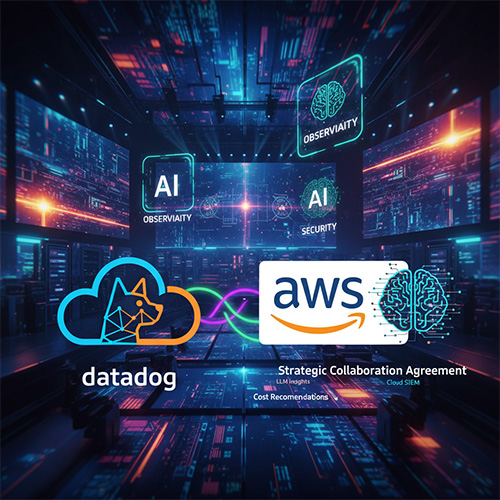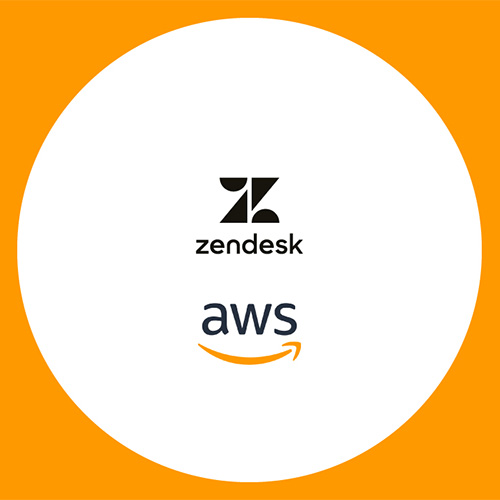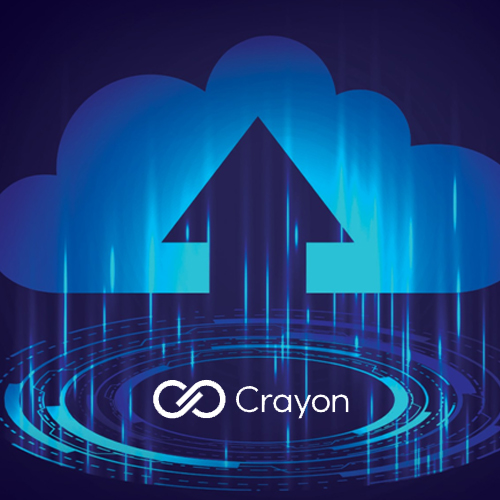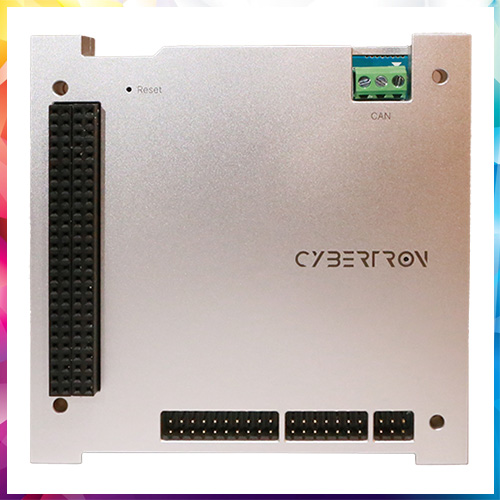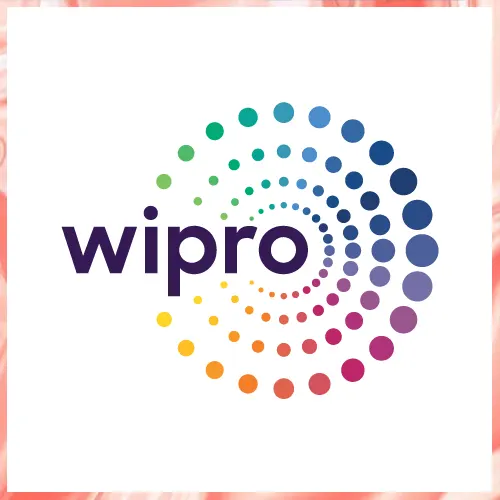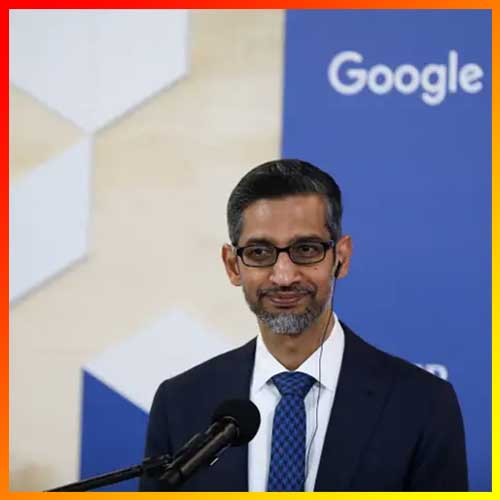Raj Shah Chief Marketing Officer, NComputing
2010-03-11
Winner of the Wall Street Journal’s Technology Innovation Award, NComputing, Inc. was founded with the goal of making desktop computing affordable for everyone. Most users only tap a small percentage of a PC’s processing power. And today’s multi-core PCs are more powerful than ever. NComputing taps this excess power, enabling a single PC to support up to 30 users at once. The NComputing solution radically cuts costs, uses less electricity, reduces e-waste, and is incredibly easy to set up and maintain. In a short time, it has become the global leader in virtual desktop computing. More than 600,000 NComputing systems are deployed by 15,000 organizations in 70 countries. VARIndia speaks to Raj Shah, Chief Marketing Officer, NComputing to find out more.
The device itself has no CPU, memory, or moving parts; so it is easy to deploy and maintain. Over 500,000 NComputing systems have been deployed by 15,000 organizations to slash their computing costs as much as 70 per cent and electric consumption by 90 per cent.
What are your plans for the Indian market?
India is clearly a huge market for NComputing because computer affordability is still a major issue for many schools, colleges, businesses, factories, call centres and large enterprises. For example, there are a million public schools in India, and the vast majority of them cannot afford to provide their students with a sufficient number of computers. Our solution enables a school to set up a 40-seat computer lab for less than the cost of 10 traditional PCs. We can offer similar savings for other sectors.
We have a small network of authorized dealers in the major cities and are expanding the network to the tier-I and tier-II cities. We want to grow carefully and select committed dealers who understand the value of our solution for their customers and are willing to invest in the training and marketing of the product in their regions.
Why do you think your product will be sought after in India?
We believe that our product is ideally suited for the Indian market for several reasons. First, we bring affordable PC computing by enabling a single PC to be shared by up to many users at about half the cost of dedicated PCs. Even though India has high PC growth, only 2 per cent of the population has a PC – the rest simply cannot afford a PC. Second, our products use only 5 watts of power compared to 110 watts for a PC – so the electrical costs are dramatically reduced. Finally, our product is easy to install and maintain, so the long-term costs are dramatically reduced.
India has a tremendous passion for learning and computers. It is already the envy of the world when it comes to its IT talent. The Central and State Governments are working hard to bring the power of computerization to the larger population and we understand and appreciate the cost and complexity of the task. We believe we are a great fit not just because we reduce the cost of computing but are also the most energy-efficient solution. Can you imagine the impact that 10 million computers running every day across India’s schools will have on the power shortage issue? It will take several large power plants.
What are the product ranges you have right now?
We have two product lines: the X-series and the L-series. The X-series enables a single PC to be shared by up to 7 users at the same time. The L-series enables up to 30 users to share a single PC or server. Both product lines have been deployed in over 70 countries and there are over 500,000 seats in use today – so this is a proven technology that has been widely accepted.
What are your marketing plans to penetrate in the Indian market?
We strongly believe that the channel is the key to success and have built the entire company around working successfully with our channel partners. We value the channel’s customer insights, technical knowledge and market smarts. At the same time, we are fairly selective in choosing our channel partners so that both sides can have a mutually rewarding experience. We are investing in marketing programmes as well to raise our awareness with the customers.
How many channel partners are you currently working with in India? Some of our channel partners include NIIT, Digital Waves, Prime ABGB and Adline. We have a small network of authorized dealers in the major cities and are expanding the network to the tier-I and tier-II cities. We want to grow carefully and select committed dealers who understand the value of our solution for their customers and are willing to invest in the training and marketing of the product in their regions.
Over the next six months, we will double our sales, marketing and technical personnel in India so that we can help our channel partners market and sell the solution to existing and prospective customers. We sell our product in over 70 countries and our goal is to make India one of our top three markets by the end of the year.
What are the benefits you provide to your partners?
We have a comprehensive channel programme that includes channel sales/technical training, MDF funds, joint marketing initiatives, and demo kit programmes. We also provide guidance to our channel partners on targeting the most suitable customers like government and private schools, colleges and universities, small and medium businesses, retail, Internet cafes, hospitals, call centres, factories and government offices.
What are the challenges that you face in India?
Anytime there is a disruptive technology, there are winners and losers. The winners are usually those who see the real potential of how the technology benefits the user and adjust their business model accordingly. The customer is always right and the disruptive technology will always reach them. The losers are those who nervously defend their model and lose sight of the customer need. In India, since the computerization drive is still in full swing, there has been little resistance from partners to take up our solution and actively partner with us.
What are the verticals you are targeting in India?
Our product is especially suited for schools, government, small/medium business, hospitals, retail and manufacturing. All the State Governments are increasing the budget for the computer education. Their aim is to give computer education from the school level itself. Importantly, Andhra Pradesh, Karnataka and Tamil Nadu were first in this list. In view of this making the educational institutions as the main market, we are going ahead. We have products that can be used by making a deal with NIIT, which is getting contracts for education from State Governments.
See What’s Next in Tech With the Fast Forward Newsletter
Tweets From @varindiamag
Nothing to see here - yet
When they Tweet, their Tweets will show up here.







